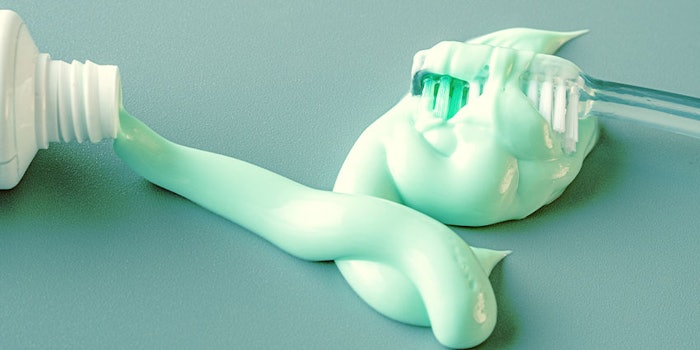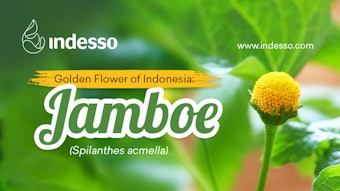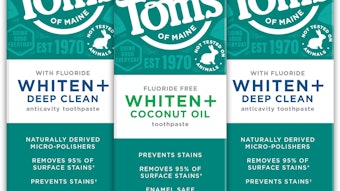
The development of toothpaste started when a new product in a jar, called Crème Dentifrice, was developed by Dr. Sheffield during the 1850s. In 1873, Colgate started the mass production of toothpaste in jars. Nineteen years later, the first toothpaste tube, made out of tin, was unveiled by Dr. Sheffield. A metal shortage during World War II led to the production of mixed plastic and metal tubes. In the 1990s, all-plastic toothpaste tubes were introduced. Today, there are various types of packages for toothpaste made of polymer materials (or various types of polymer-based toothpaste packaging solutions): tube, pump and sachet. They are lightweight, durable, flexible and offer attractive designs appealing to consumers. However, growing public concern about the proliferation of plastic in the environment has created a call for laminate tubes that can be recycled with other plastic waste. So today’s packaging must be environmentally responsible, contribute to product aesthetics, integrity, safety and guard against contamination and, also, preserve the flavor throughout the dentifrice shelf life.
To ensure good tasting toothpaste, researchers must consider multiple interactions that might promote flavor changes:
• Absorption of flavor components in packaging materials.
• Permeation of flavor volatiles through the packaging materials into the atmosphere.
• Changes in the physical properties of packaging material induced by flavor or other compounds in the product.
• Interactions of compounds in the packaging material with the flavor or other ingredients in the dentifrice.
Polymer Packaging Materials and their Affinities to Flavors
Flavor absorption is one of the most critical phenomena for managing the taste performance of the dentifrice, affecting intensity and profile characteristics. It can be affected by the following factors1,2,3: polymer properties (structure, morphology and quality), flavor molecule characteristics (polarity, carbon chain length, lipophilicity, molecule size and boiling point), composition of the product, thickness of the laminate polymer layer and the polymer surface in contact with the toothpaste.
Resources:
1. MG Sajilata, KSavitha, RS Singhal and VR Kanetkar, Scalping of Flavors in Packaged Foods, Compr Rev Food Sci F 6(1):17–35 (2007)
2. H Gremli. Flavor Changes in Plastic Containers: A Literature Review, Perfum & Flavor 21 (1996)
3. AL Brody, B Bugusu, JH Han, CK Sand and TH McHugh. Scientific Status Summary -Innovative Food Packaging Solutions, The Institute of Food Technologists (2008)











